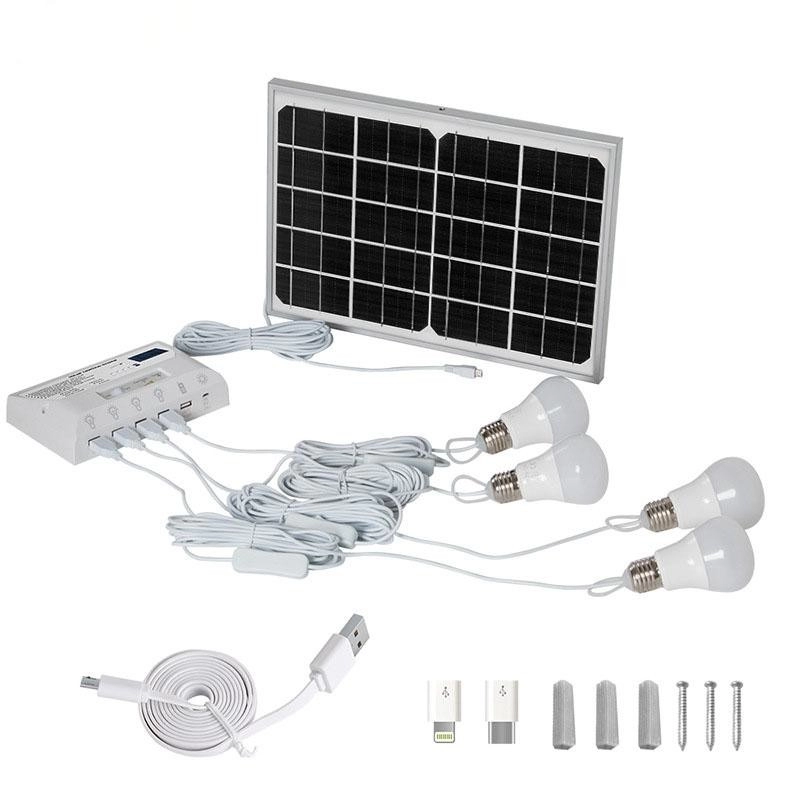
Ever notice more cities glowing at night without massive electricity bills? That’s solar powered LED street lights revolutionizing urban landscapes. Traditional systems drain resources, but solar-LED hybrids cut costs while boosting safety. Surprisingly, Dubai reduced energy costs by 50% after switching in 2023. Let’s uncover why this tech dominates modern infrastructure.
Solar powered LED street lights disconnect communities from grid vulnerabilities. Phoenix, Arizona eliminated blackout risks during heatwaves using standalone systems. Each unit generates its own power, slashing operational costs by 60-70% compared to conventional lights. Maintenance crews visit only twice yearly!
While reducing CO2 is well-known, few consider habitat protection. Unlike orange sodium vapor, solar powered LED street lights minimize light pollution. Sea turtle nesting sites in Florida saw 40% fewer disorientations after installations. The cooler light spectrum also preserves nocturnal ecosystems.
Brighter illumination deters crime, but solar LED systems add smart layers. Motion sensors activate during movement, conserving energy while startling intruders. In Detroit neighborhoods, vandalism dropped 31% after upgrades. Bonus? Emergency batteries provide backup lighting during power outages.
| Feature | Traditional Street Lights | Solar Powered LED Street Lights |
|---|---|---|
| Installation Cost | $2,000-$3,000 (with trenching) | $1,500-$2,500 (no wiring) |
| Monthly Energy Cost | $15-$25 per pole | $0 |
| Lifespan | 5-8 years | 8-12 years |
| Carbon Footprint | High (grid-dependent) | Net zero after 18 months |
Step 1: Site Solar Audit
Map sunlight exposure patterns. Surprisingly, tree shade causes 80% of failures.
Step 2: Battery Chemistry Choice
Lithium-ion outperforms lead-acid in cold climates despite higher upfront cost.
Step 3: Smart Controller Programming
Set dimming schedules aligned with traffic patterns to extend battery life.
Step 4: Anti-Theft Configuration
Bolt batteries inside poles – our team learned this after 2023 Miami pilot losses.
Step 5: Remote Monitoring Setup
Use IoT sensors to detect failures before citizens report them.
Rural villages skipped grid expansion using solar powered LED street lights. With no existing infrastructure, solar LEDs provided immediate illumination. Fishermen now safely launch pre-dawn trips. Children study longer with streetside lighting. Maintenance? Local teens trained for panel cleaning earn supplemental income.
Q: Do they work in snowy climates?
A: Yes! Angled panels shed snow automatically. Alaska installations withstand -40°F.
Q: How long do batteries last?
A: Quality lithium-ion lasts 5-7 years – longer than traditional bulbs!
Q: Can hackers disrupt smart systems?
A: Encrypted mesh networks prevent intrusions. Isolated systems enhance security.
Solar powered LED street lights transform liabilities into assets. They pay back investments in 3-5 years while building climate resilience. As solar efficiency improves, expect smarter integrations like EV charging ports. Ready to illuminate your community? Explore commercial-grade solutions at Guangdong Weiting – pioneers in solar street tech since 2010.